
|
includes two plastic 17 pdr Anti-tank guns, two large six-hole bases, one base plug sprue, two plastic Gun Crew sprues and one Unit card. In the ongoing race between tank armour and anti-tank guns, even the 6 pdr would not be powerful enough for long. The answer was the huge 17-pounder. The barrel was ready by May 1942, but the carriage still needed work, so in an effort to rush the gun into service to deal with the arrival of heavy German panzers like the Tiger, a tempory hybrid solution was created by mounting the gun on a 25 pdr carriage. The resulting 17/25-pounder, codenamed the 'Pheasant', first saw action at the Battle of Medenine in March 1943. |
|
Armoured Fist The British Army has the Italian-German armies in Africa caught in a vice, and are steadily screwing the jaws shut. The Eighth Army is advancing from El Alamein in the east, while the First Army fights its way through Tunisia from the west. Their armoured divisions combine the dash of fast, light tanks like the Honey and Crusader, with the power of the heavy Grant and Sherman. Their infantry divisions have some of the toughest riflemen in the world, backed up by thickly-armoured Churchill and Valentine tanks and massed artillery. Together, they make up a force that can defeat anything the enemy brings against them, a force that will destroy the Axis forces in Africa. Learn more about Armoured Fist here... |
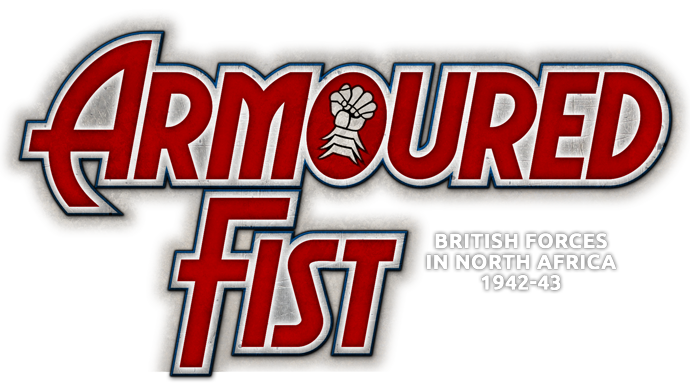 |
 |
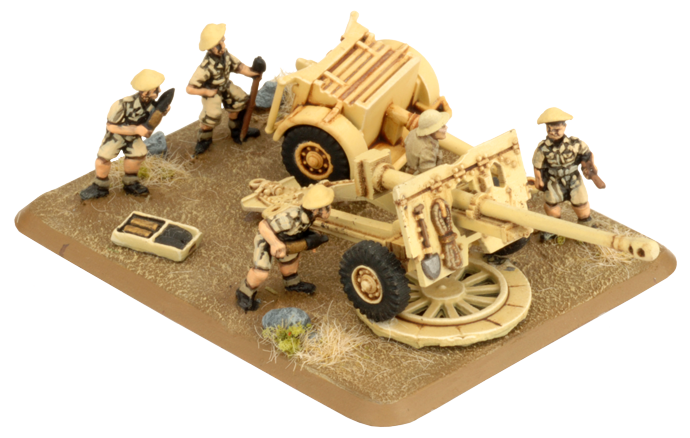 |
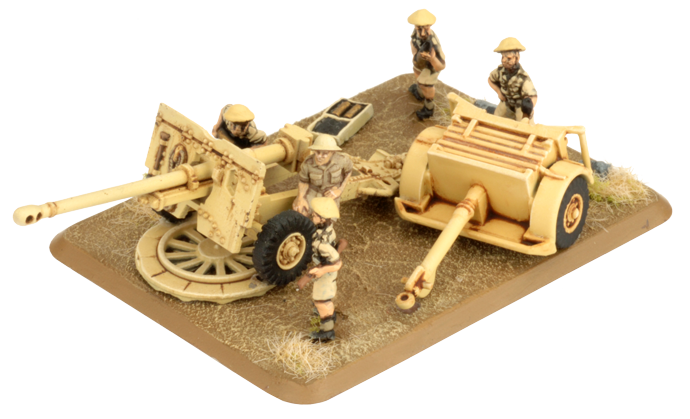 |
| Before the QF 6-pounder had entered service, the British predicted that it would soon be inadequate given the increasing armour of German tanks. In late 1940, the design of a replacement began, and was largely completed by the end of 1941. | |
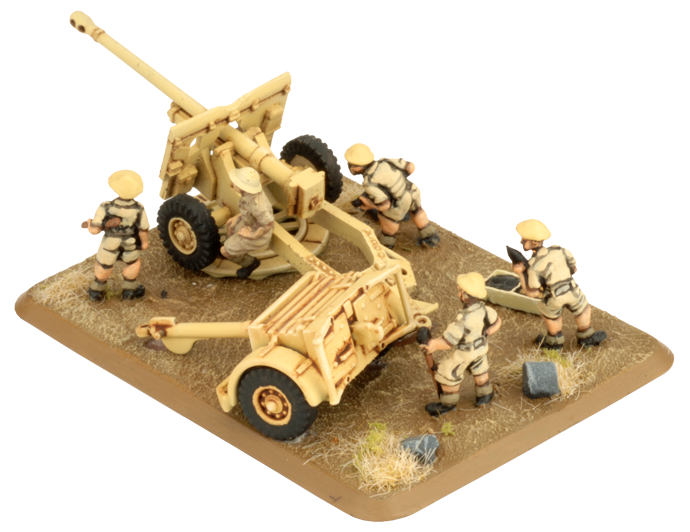 |
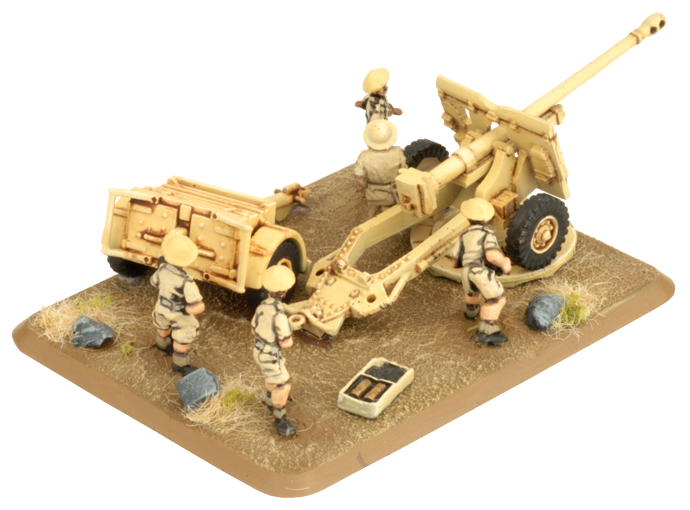 |
| A prototype production line was set up in spring 1942, and with the appearance of Tiger I tanks in early 1943 in the North African Campaign, the first 100 prototype 17-pounder anti-tank guns were quickly sent to help counter this new threat. | |
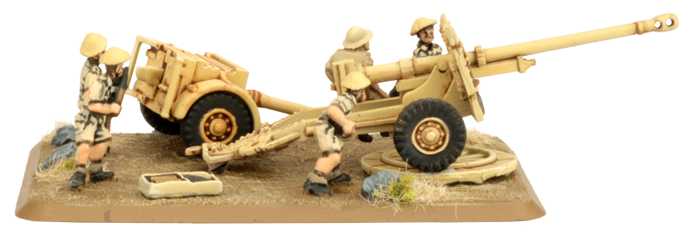 |
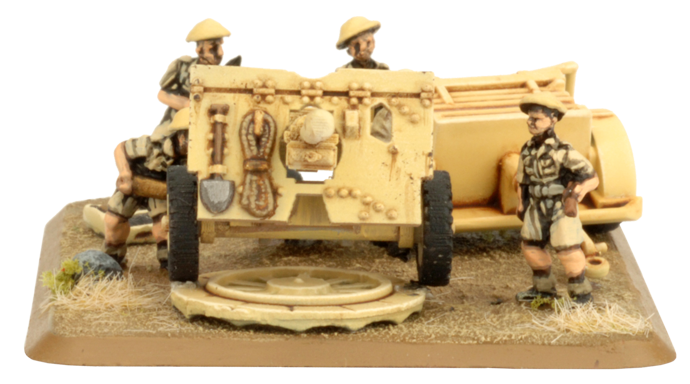 |
| So great was the rush that they were sent before proper carriages had been developed, and the guns had to be mounted in the carriages of 25-pounder gun-howitzers. These early weapons were known as 17/25-pounders and given the codename Pheasant. | |
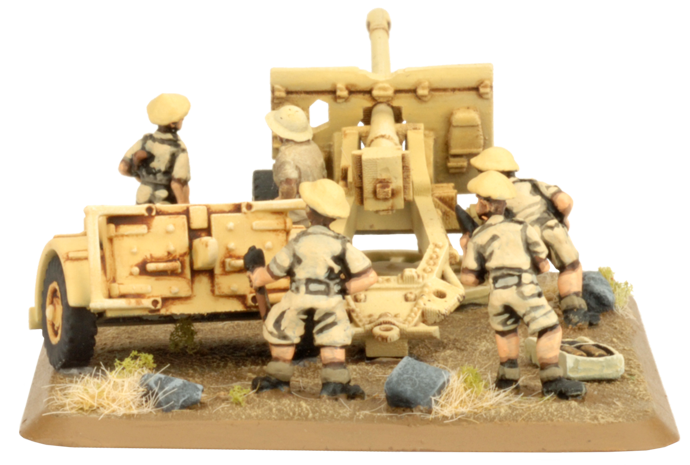 |
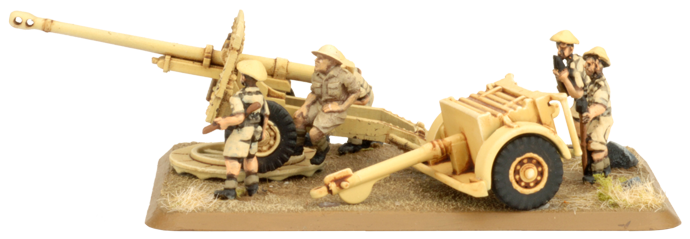 |
| Later, it was used as an anti-tank gun on its own carriage, as well as equipping a number of British tanks. It was the most effective anti-tank gun of the war fielded by the Western Allies and was capable of defeating all but the thickest armour on German tanks. | |
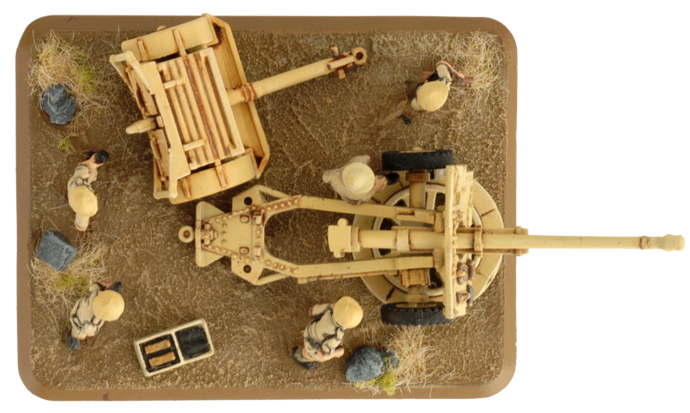 |
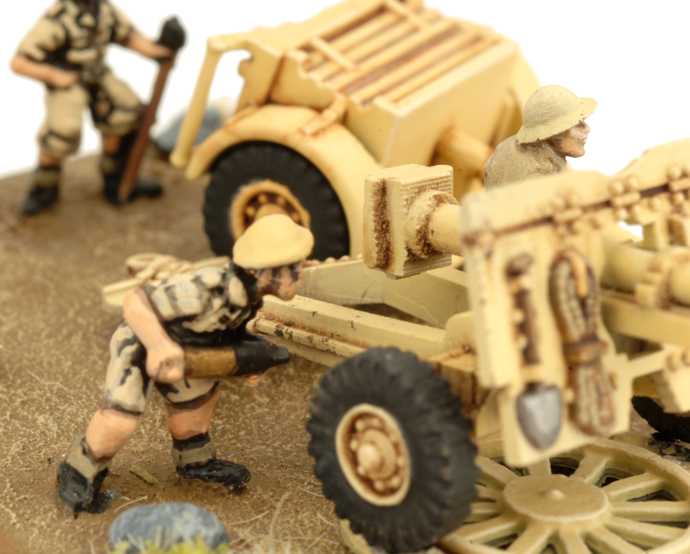 |
| It was used to 'up-gun' some foreign-built vehicles in British service, notably to produce the Sherman Firefly variant of the US M4 Sherman tank, giving British tank units the ability to hold their own against their German counterparts. | |
 |
| Contact the customer service team at customerservice@battlefront.co.nz if you have issues with any components. |
| Plastic 17 pdr Anti-Tank Sprue (x2) |
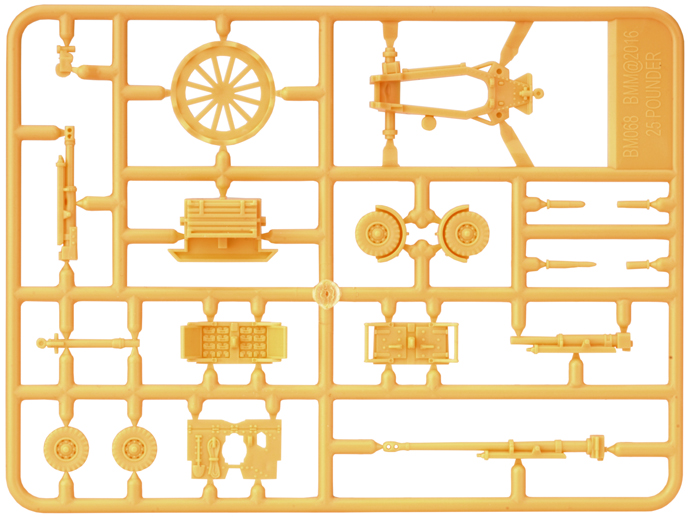 |
| Plastic Gun Crew (x2) | Large Six-hole Base (x2); Base Plug Sprue (x1) |
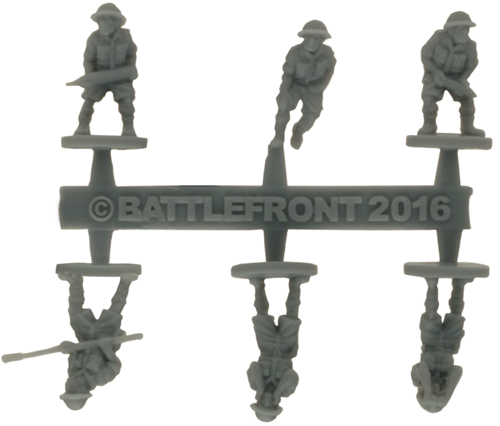 |
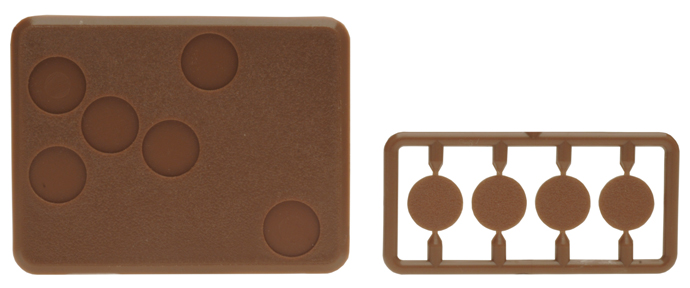 |
| Unit Cards |
| 17/25 pdr Anti-Tank Troop (x1) |
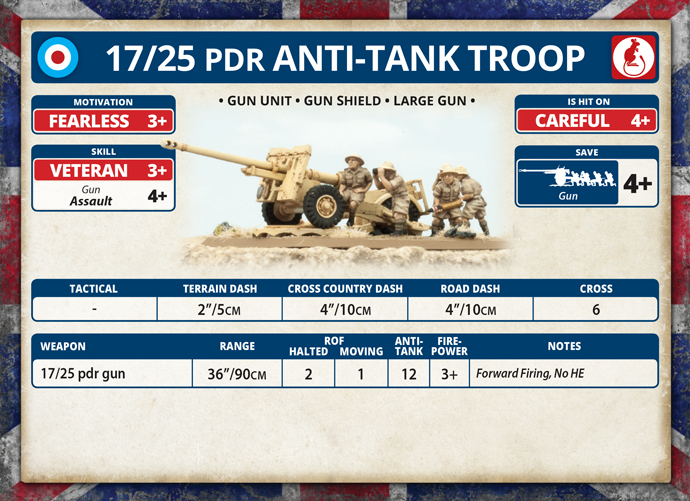 |
 |
 |
